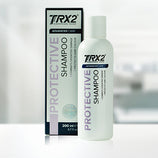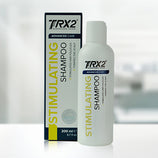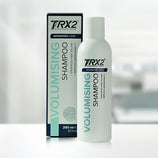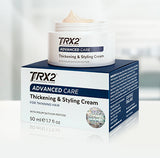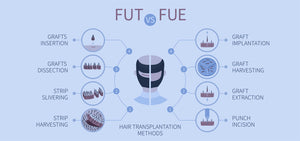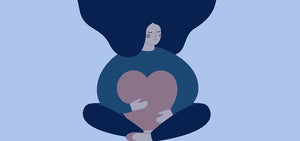How to Reverse Traction Alopecia
Looking up “trendy hairstyles” will reveal 5+ million results. Some of these hairstyles, especially those influenced by cultural aspects can lead to traction alopecia.
Hair loss can be hard to diagnose, and even harder to treat. The difficulties arise because there can be a wide variety of reasons and combinations of reasons. However, in some cases the cause of hair loss is clear just by looking at the person. Traction alopecia is a common condition that is perhaps the most easily preventable causes of hair loss.
What is Traction Alopecia?
Traction is the physical force of friction that occurs between two objects. Traction alopecia is the result of frequent or constant stress on the hair follicles. Hair is naturally strong and responds well to environmental stresses. With age, however, hair weakens and becomes more prone to damage.
Traction alopecia causes the breaking of hairs, leading over time to hair loss and thinning. Like any rope or string, the tensile strength of hair has its limits. This type of hair loss doesn’t happen overnight, so catching it early and being aware of the consequences is vital.
Consequences are a receding hairline, and in extreme cases, permanent hair loss. Unlike the more common androgenetic alopecia (pattern hair loss), and alopecia areata, it’s not a medical concern. Psychologically, the effects can be devastating, especially when one realises just how easily it could have been prevented.
Causes of Traction Alopecia
Hairstyles that can lead to traction alopecia include:
- Tight ponytails
- Pigtails
- Braids
- Cornrows
- Dreadlocks
Other causes:
- Hair weaves/extensions - typically glued or tied in place at the base of the hair
- Headgear/headwear - some jobs require wearing helmets are other types of specialised gear. Some sports like ballet often have must-have hairstyles.
- Hair accessories - hair barrettes, hairbands, elastics put tension on hair
- Long hair or compressed hair - cultural hairstyles like those worn by Sikh men (turbans) put pressure on hair follicles
- Chemical treatments - like relaxers to straighten hair increase risk of traction alopecia.
Signs of Traction Alopecia
Traction alopecia is a mechanical pulling of hair. Because of this, there are specific symptoms that arise and diagnostic signs that will point to traction hair loss. People with traction alopecia experience the following:
- Redness
- Itching
- Receding hairline
- Thin or broken hairs
- Patches of scarred skin
- Hair loss and thinning
If one is concerned about traction alopecia or is experiencing the symptoms above, a healthcare professional should be consulted to rule out other forms of scarring alopecia.
Traction Alopecia Prevention and Treatment
Yes, but only if it is caught early. If scarring has occurred, there might be no way to save the hair without looking to surgical intervention. The simplest and most effective way to treat traction alopecia is to identify what is causing it, be it hairstyle, hair care, or headgear, and make an effort to changing hair care practices. Additionally, anti-inflammatory medications can help relieve symptoms. To speed up recovery, it is advisable to use a natural hair growth product which will stimulate hair growth and healing.







